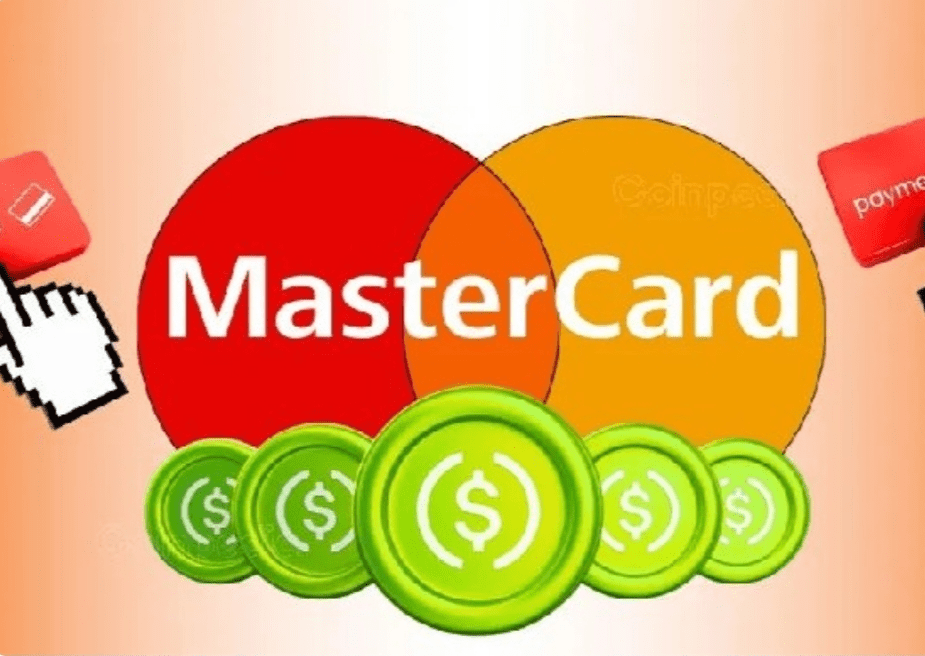
Despite the rise of crypto and the increasing use of stablecoins, Visa and MasterCard say: We are not threatened... not yet.
---
📌 Key Points:
More than 90% of stablecoin trading happens only within the crypto world, such as trading or holding value.
And not in everyday uses like buying and paying.
Visa alone processes annual transactions of $15 trillion — while the entire stablecoin market is much smaller than that.
---
🛡️ Key Differences:
Feature Visa/Mastercard Stablecoins
Global Penetration Very High Limited Outside Crypto
Fraud Protection Strong and Supported Almost Nonexistent
Network Reliability Proven for Decades Still Under Experimentation
Fees and Speed High Fees, but Reliable Low Fees and Higher Speed
---
🏗️ But... Visa and MasterCard are quietly moving:
The two companies are investing in technologies to integrate stablecoins into their networks.
They are trying to build bridges between traditional finance and crypto in preparation for any "transformation wave."
New laws (like the GENIUS Act) open the door to clear regulation for the use of stablecoins in payments.
---
🌍 When will they spread more?
Stablecoins are currently spreading rapidly in countries suffering from inflation or weak local currencies.
However, in developed countries (like the US and Europe), they face legislative difficulties and less trust from ordinary users.
---
✅ Conclusion:
Although stablecoins provide faster and cheaper payment solutions, there is still a long way to go before they pose a real threat to Visa and MasterCard.
But the game has started, and it's clear that the real battle for daily payments is just beginning.